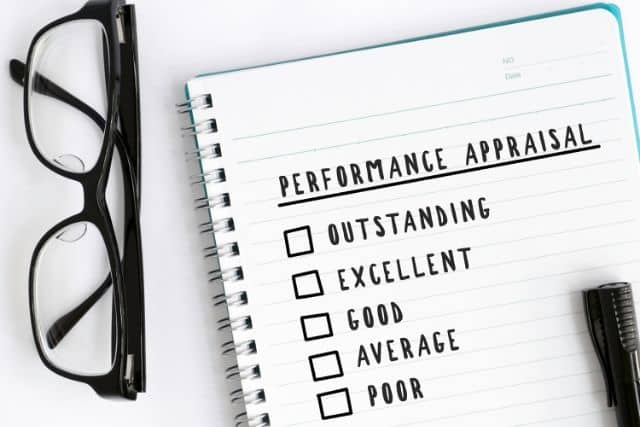Process of Controlling
The control process is an important management function. It’s at this point that management engages in setting, measuring and tweaking of business operations which may include manufacturing, packaging of goods and other activities. So the control process is critical in the survival of any business. So management cannot neglect it. The control process helps management to determine if its plans are going in the right direction or have been fully implemented. Below are the essential elements and steps in the controlling process.
1. Developing Standards and Steps for Measuring Performance
It is not enough to create a specific goal for a business. Without proper guidance, employees might deviate from the original plan knowingly or unknowingly. However, the standards are like the targeted goals which a specific department or individual must achieve. And it is something everyone involved or the employees within the particular department or company must work together to achieve.
But then, there must be criteria for judging or rating performance. Otherwise, the result might be different from the expected. Or those involved might deviate. The point is the criteria established will help management to determine how things are progressing regarding a project.
It will also help to make the work less cumbersome for management. There will be no need for the manager to interfere in every aspect of project execution because he can get whatever information he wants from the already established method used in measuring performance.
Standards are also classified into two groups which are tangible/ specific or intangible/abstract. The difference between both is that one is measurable that is you can see and count them. But you cannot see or count the other.
Examples of tangible standards include time, cost, profit, expenditure, output, and others. The intangible or immeasurable standards include a manager’s performance, worker’s deviation and attitude towards a situation and other things one may not be able to measure. The bottom line is establishing these standards will help to make the control process much easier for the management or whoever is in charge.
2. Measurement of Performance
Another aspect of the control process is the measuring of performance. And this is one activity in the control process that makes it super easy to spot deviations before things go from bad to worse. But then, measuring the performance level is easier said than done. And it is much simpler when measuring tangible performances.
The reason is that they can be expressed in units or counted. But intangible performances are usually difficult to measure. For instance, the performance of a manager cannot be expressed in units or quantities.
An easy way by which a manager’s performance can be measured is through areas such as the attitude of employees towards work, their loyalty, morale, and communication with their superiors.
These are indices that can help to determine the manager’s performance. So the standard for measuring what employees or subordinates does, or their expected performance needs to be drafted out. And these are in most cases done through various reports which could be sent weekly, monthly, quarterly or every year.
3. Comparing the Actual and Standard Performance
Comparing the actual performance with the previously planned one is a critical aspect of the control process that will help to determine the extent of the deviation. In other words, the variation is the difference or gap that exists between the actual performance and the targeted goals initially planned.
At this point, the manager has to figure out two things; one is what is responsible for the deviation. The other is the extent of the deviation. He or she needs to also know to what extent the said deviation can impact the business and whether it is negative or positive. Deviations that are minor may be neglected but critical ones like gains, appointing workers, changing or repair of specific machinery and others, need to be given serious attention.
However, being able to spot the deviation is just one side of the coin. The manager also needs to figure out the factor(s) responsible for such differences. And in most cases, the cause could be as a result of poor implementation of plans, erroneous planning, poor communication, inadequate supervision of workers, and poor coordination.
4. Taking Remedial Action
If there is a situation where the performance is below standards, then correction actions might be the only option to save the situation. An analysis might even indicate that such a move is essential and needs to be carried out urgently. The corrective action might also be of any activity. The organization might change how they carry out certain business operations to attain the actual performance.
It often happens in many organizations. The management might consider certain operations and performance unattainable given the number of persons handling the said task. An example is when a branch manager sets a five-minute waiting time for customers as the standard but discovers that the number of clerks available to the company is not even enough to handle the said task effective. The corrective or remedial action that needs to be taken is to hire more clerks. And in so doing, the manager will be able to prevent underperformance and achieve the targeted goal in this case.
The control process can also help to reveal standards that are not appropriate and cause the manager to take corrective action. But then, the action will not be to change the performance but rather the original standards. Managers must also learn to monitor the control process from start to end. Otherwise, achieving the aim of the process will be a difficult task.
Conclusion
The control process is a critical operation in management. It helps managers to understand the progress of specific plans already in motion. Managers can also tell if a project is going in the right direction and take appropriate steps to ensure it does. The control process is not an old business practice and can help managers to set standards for several business operations and achieve targeted goals with ease.






